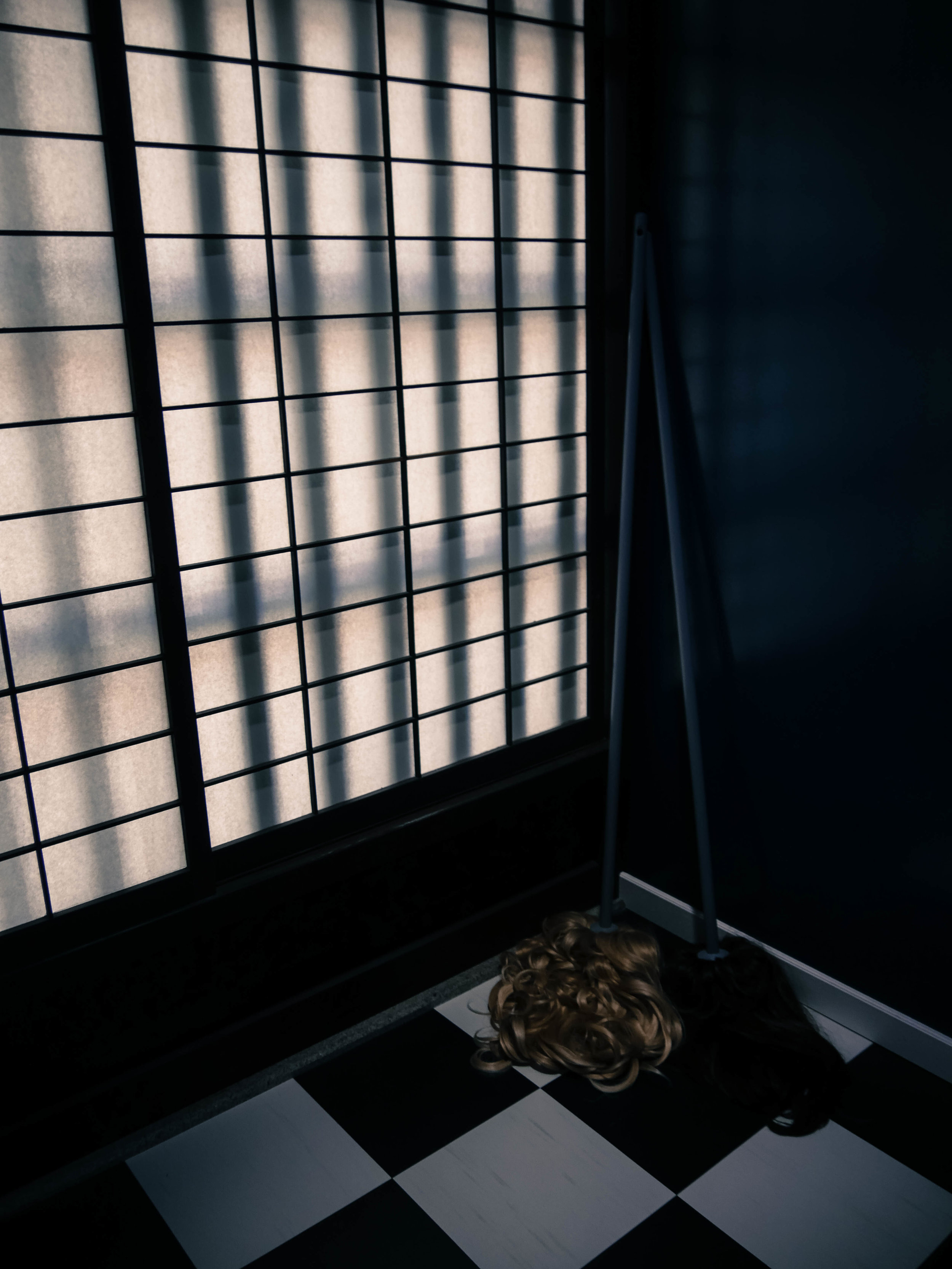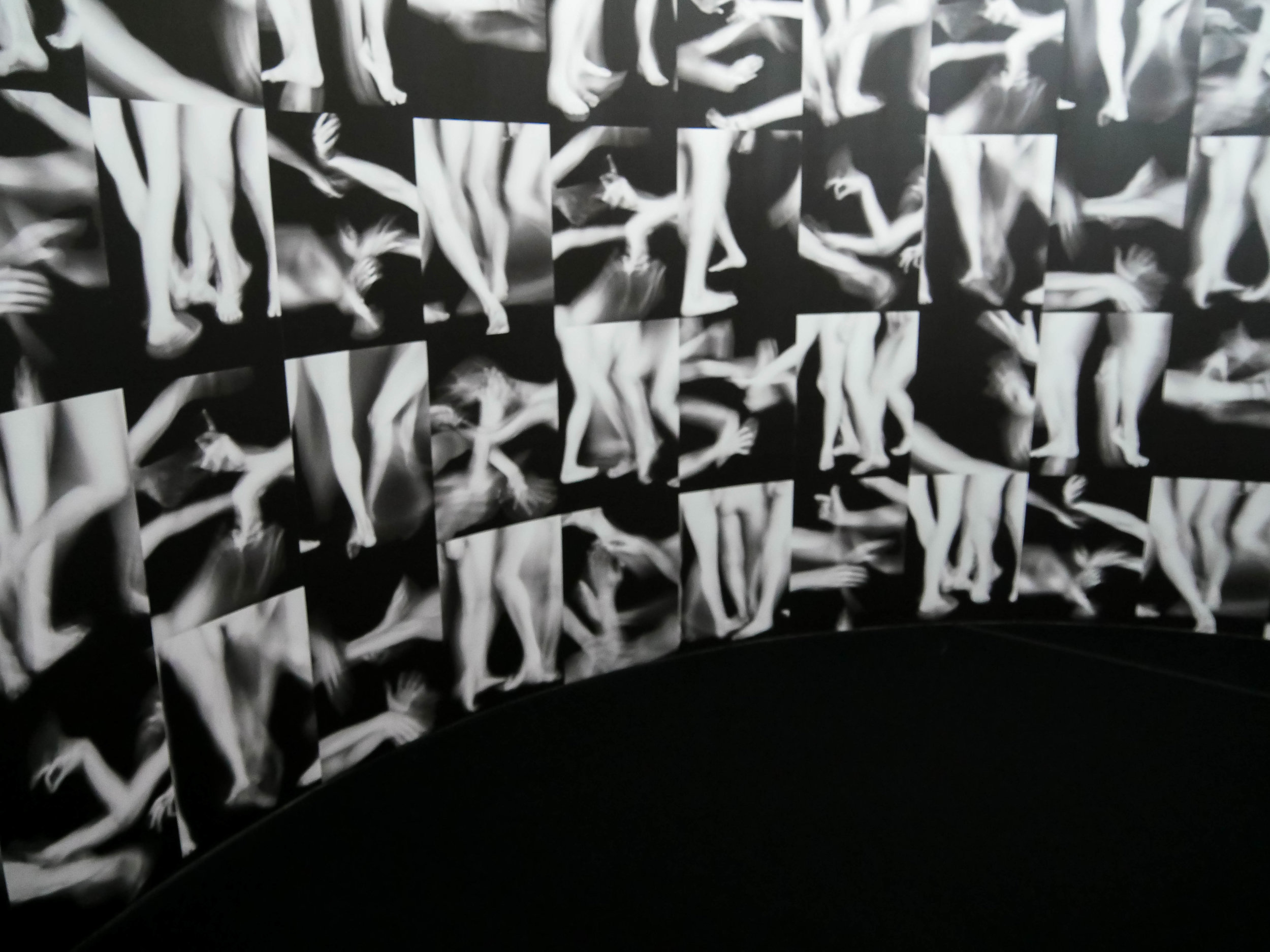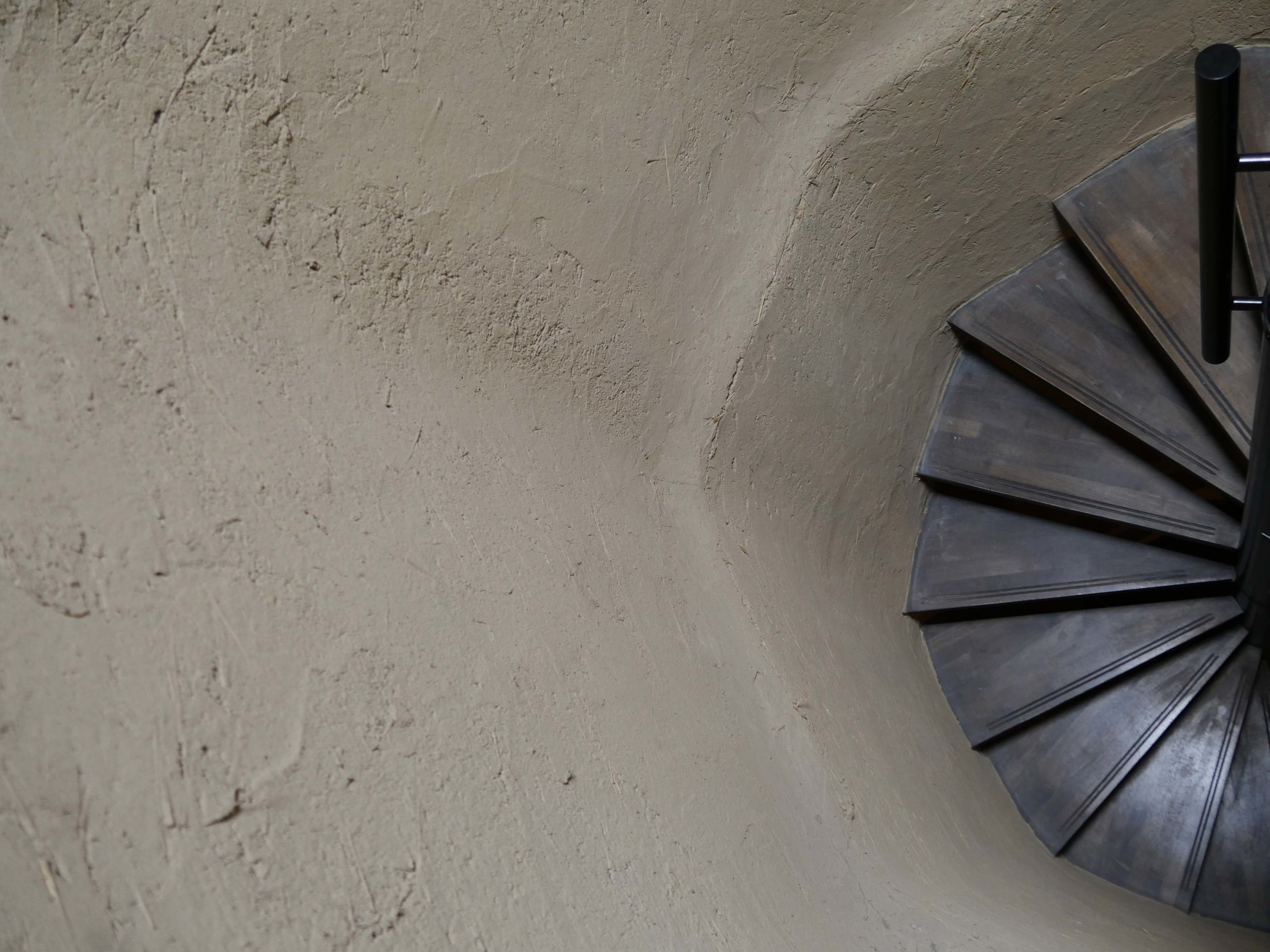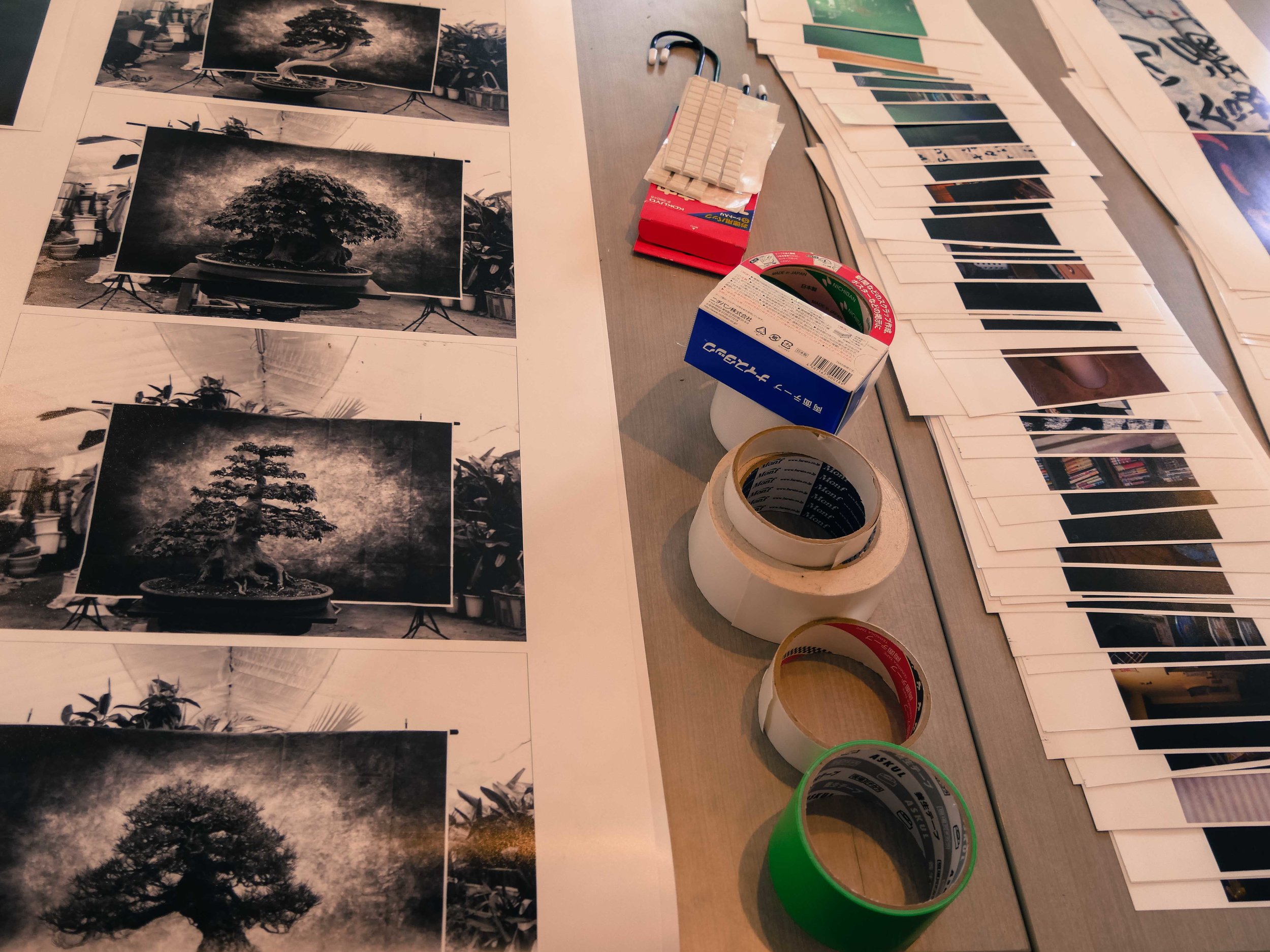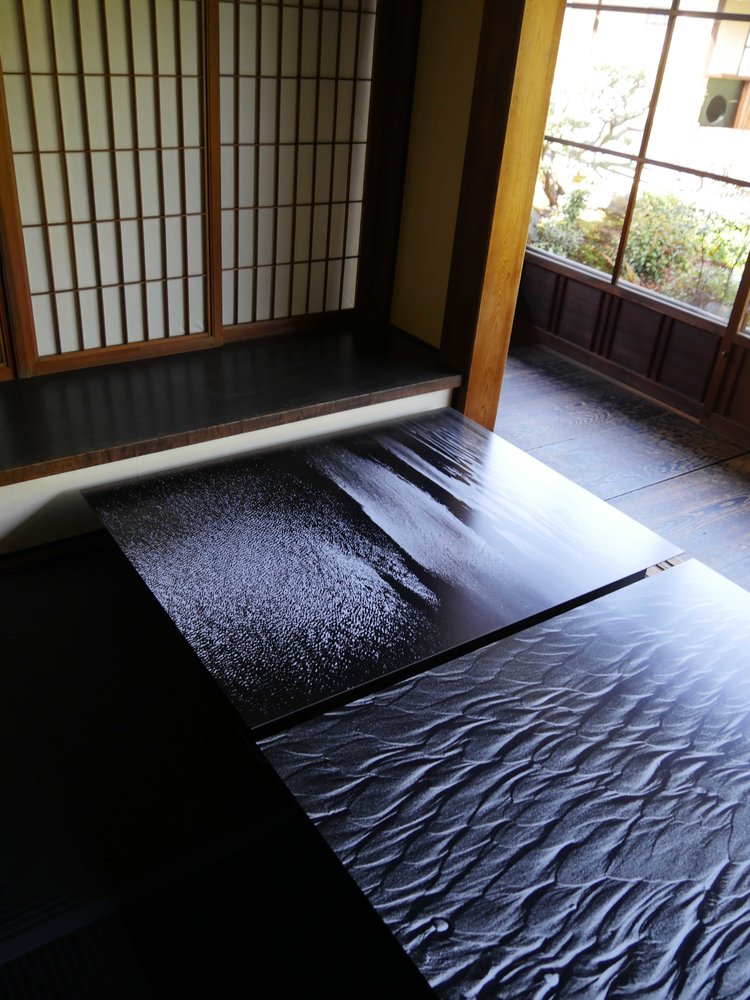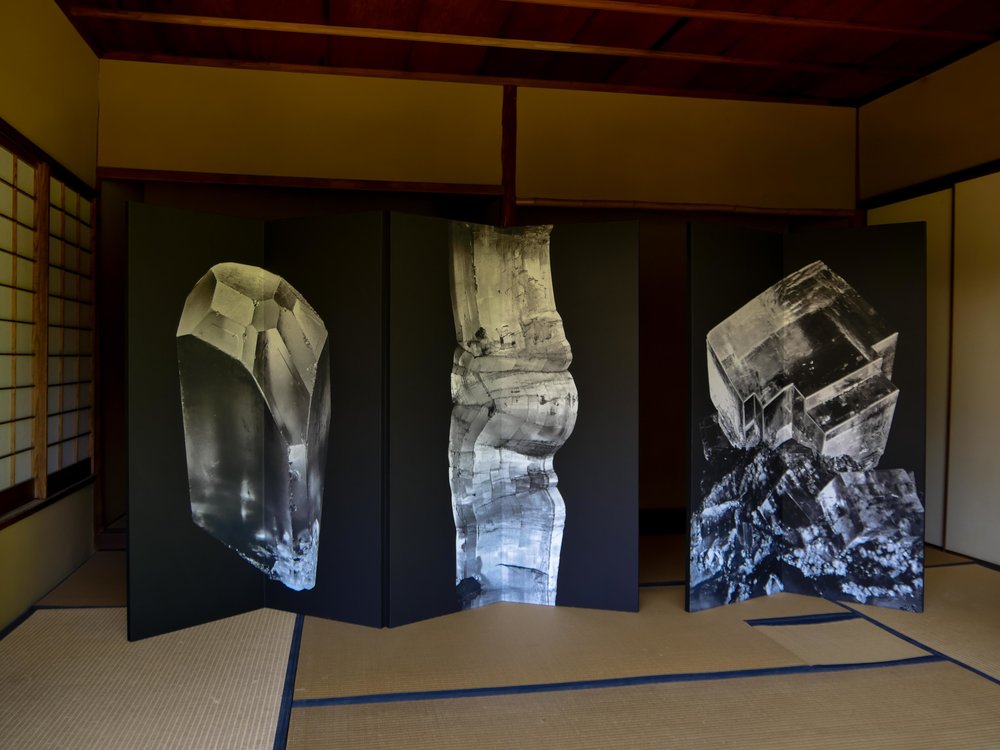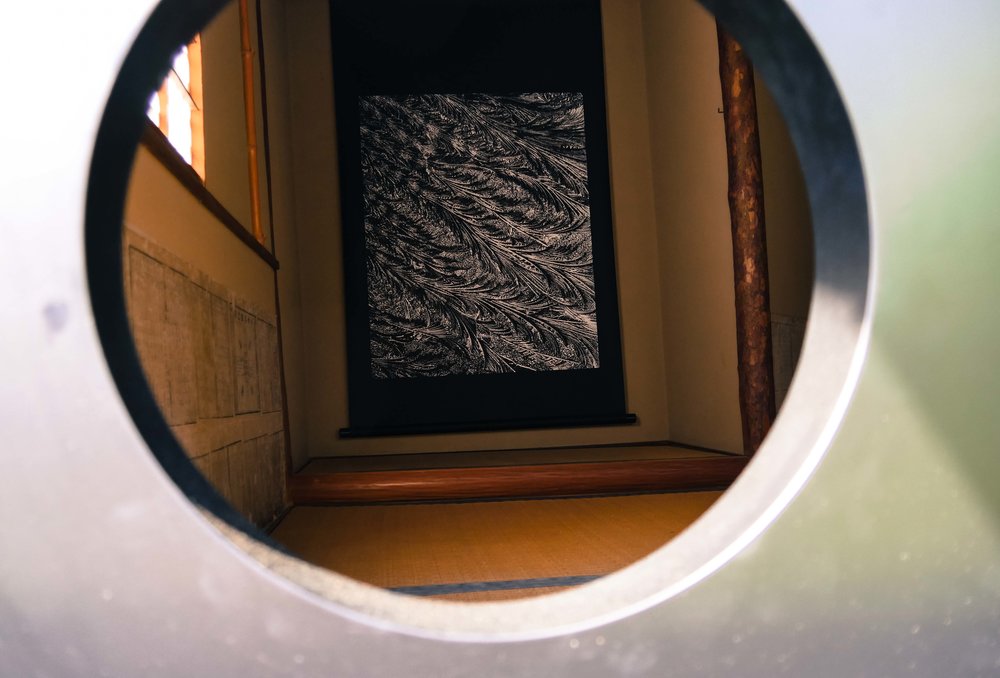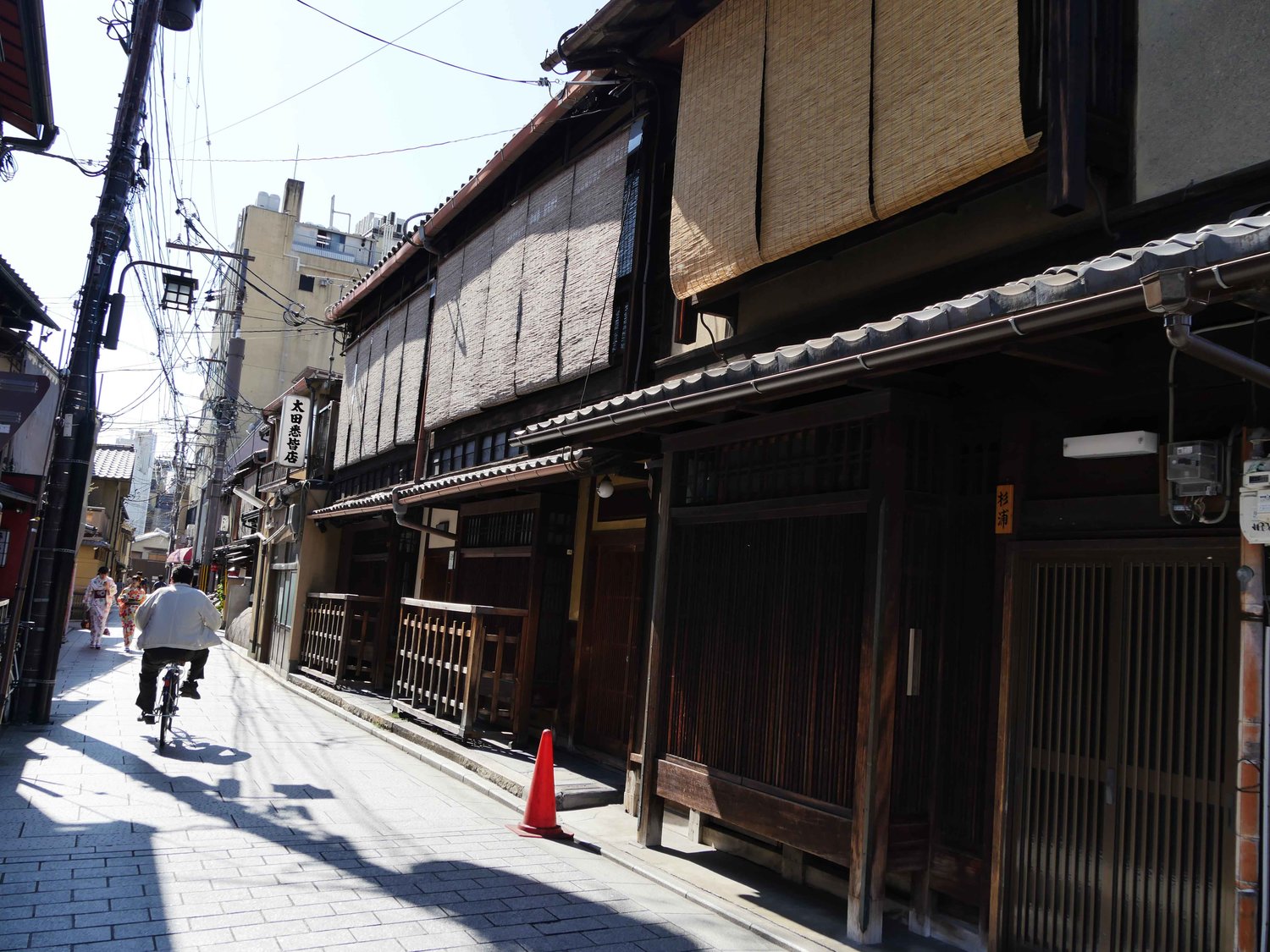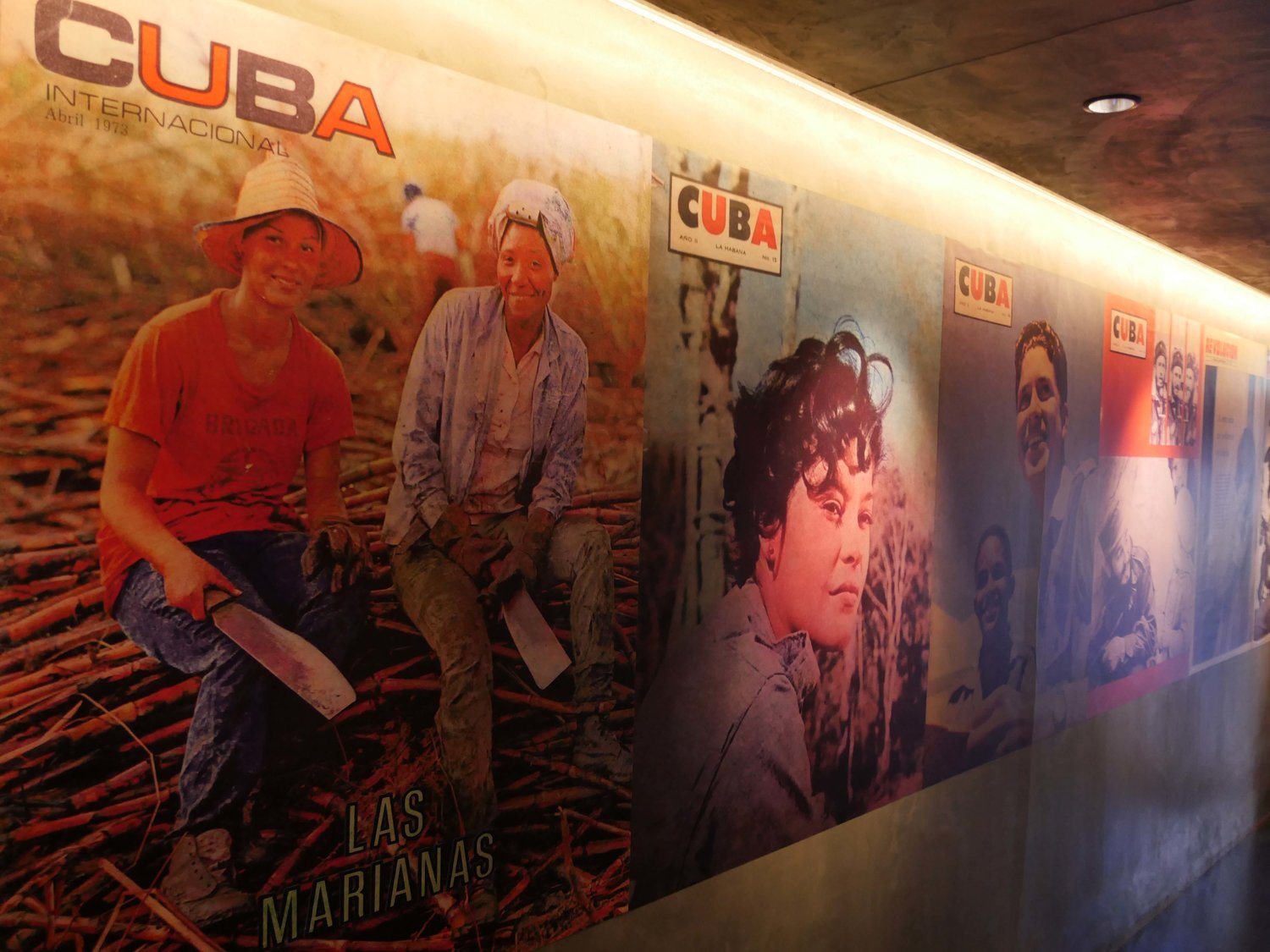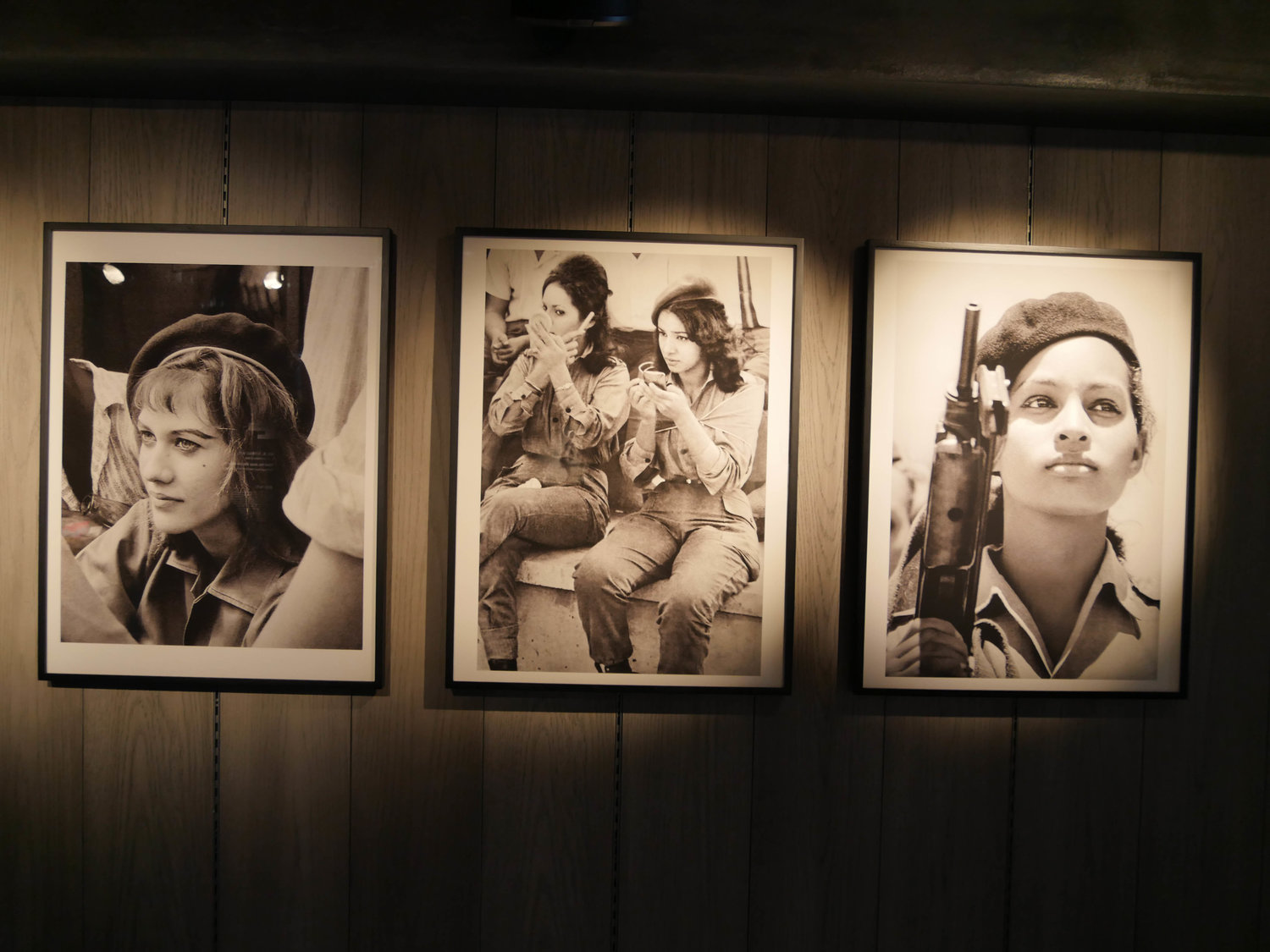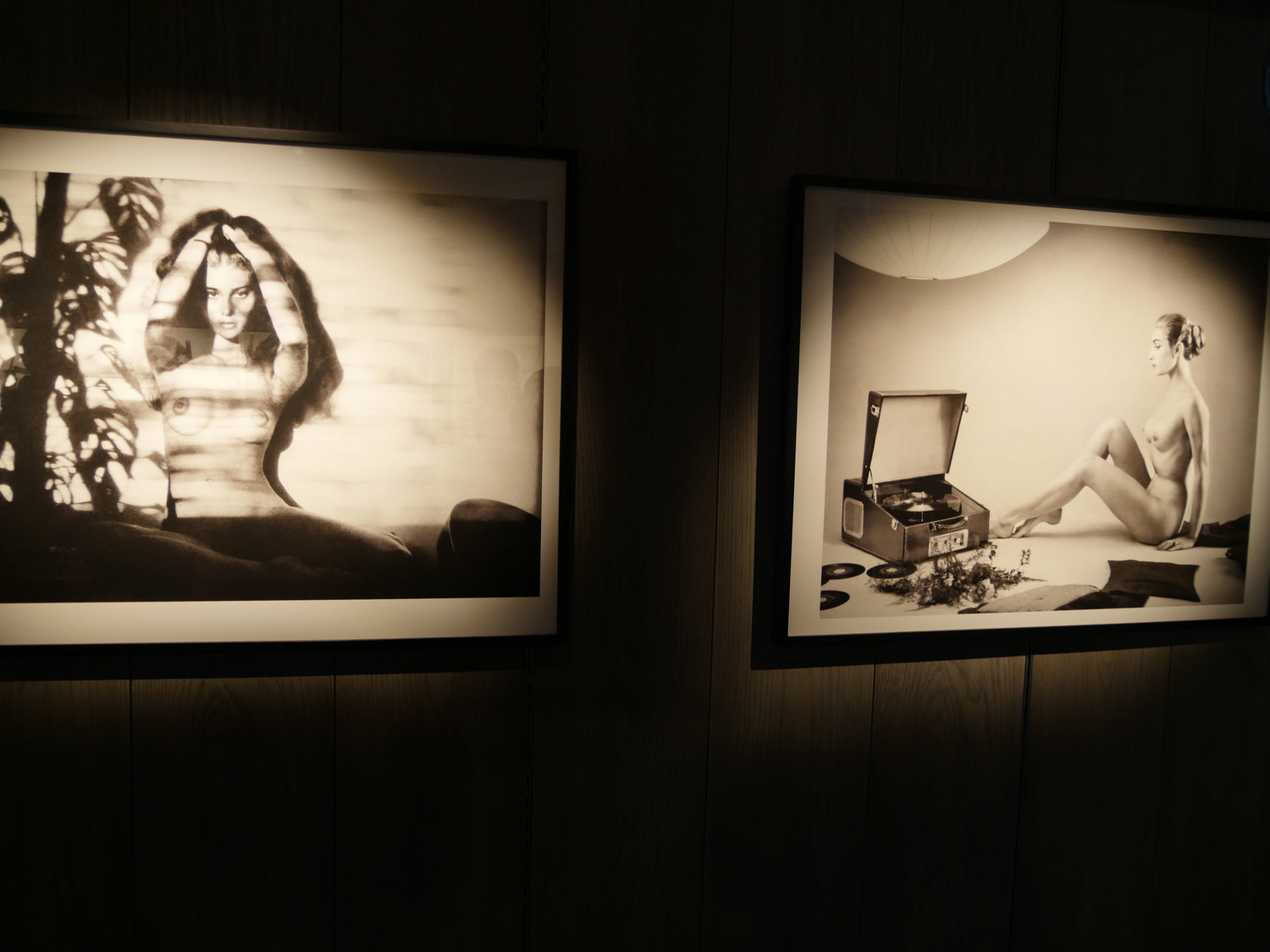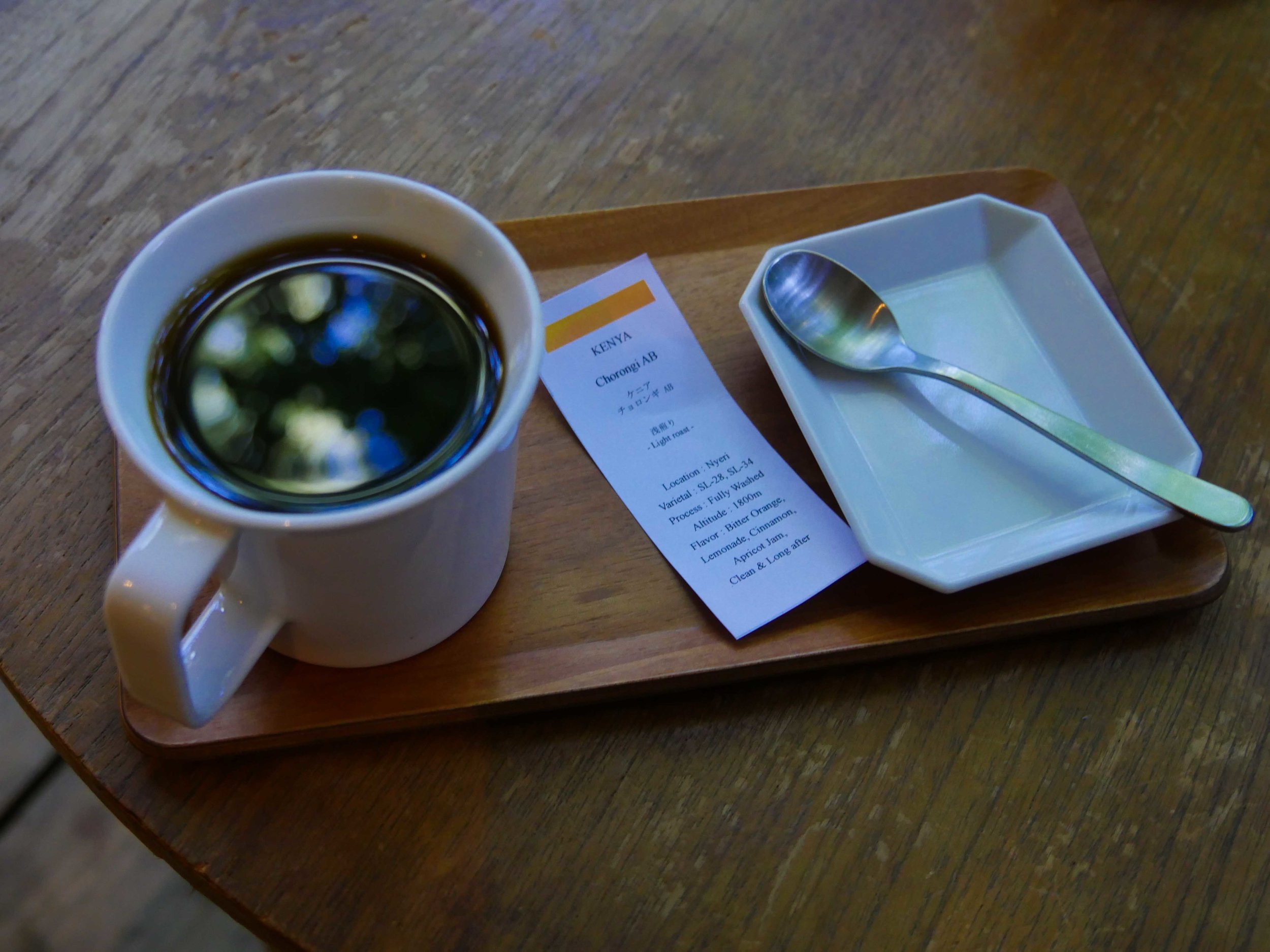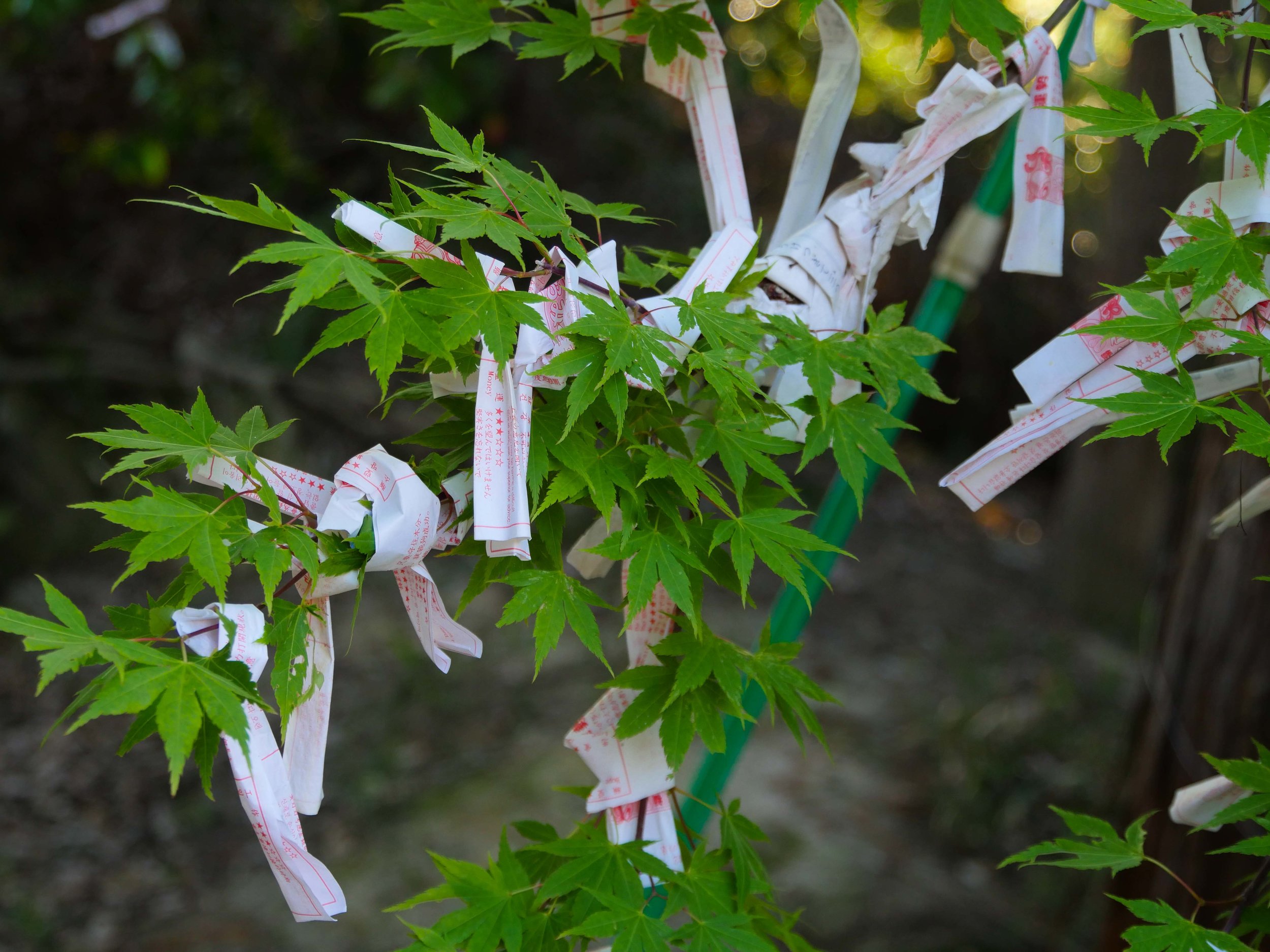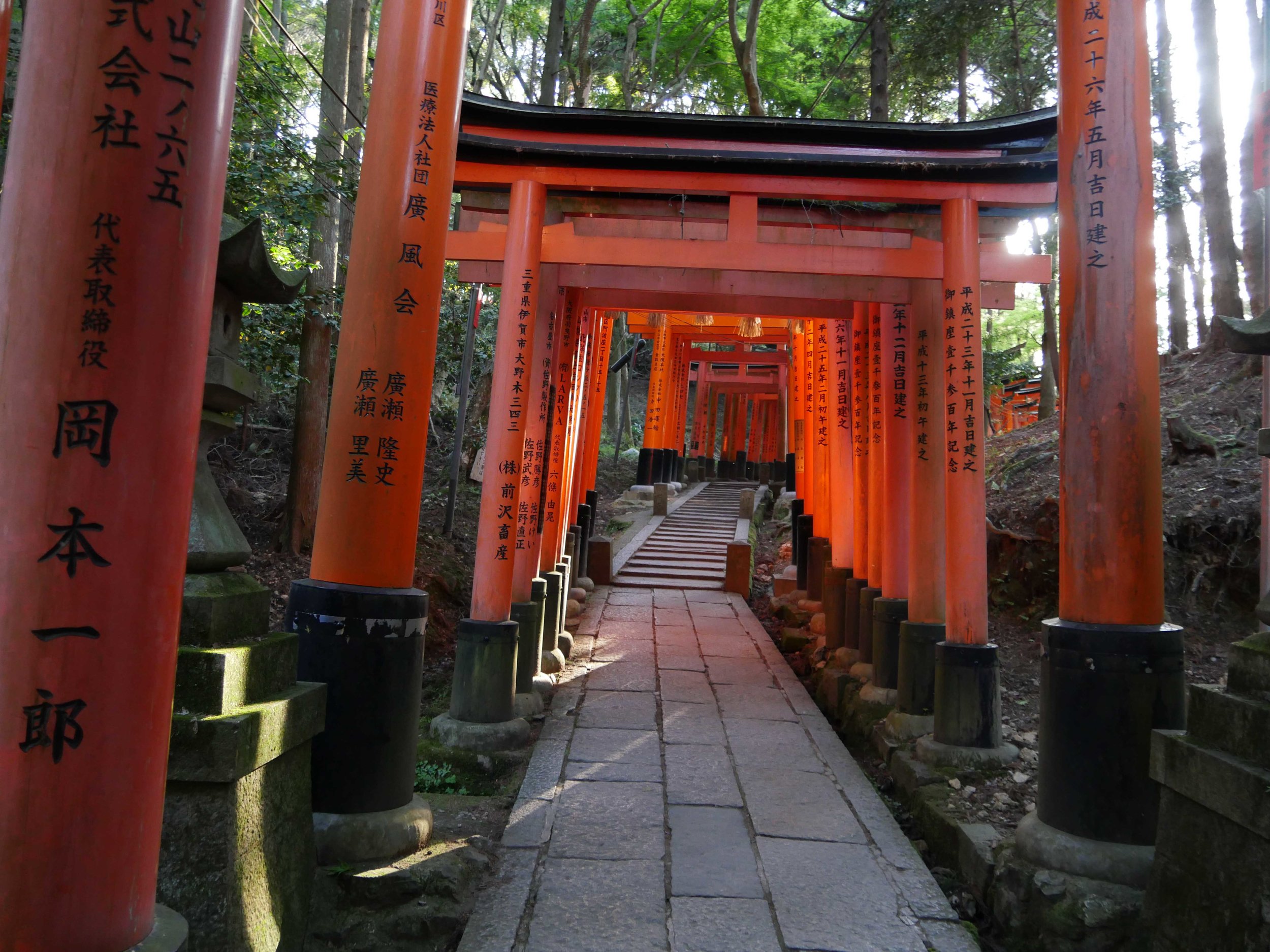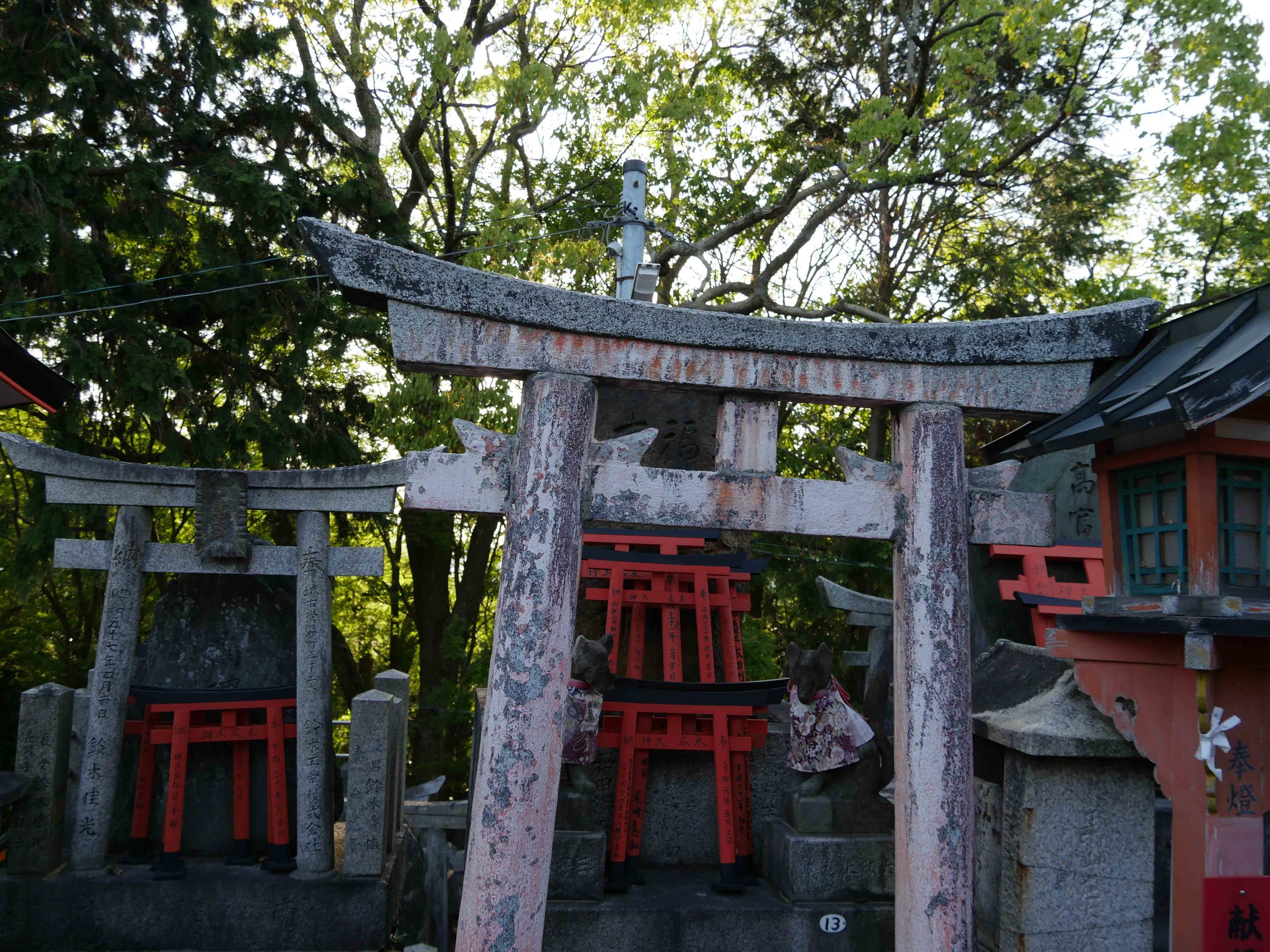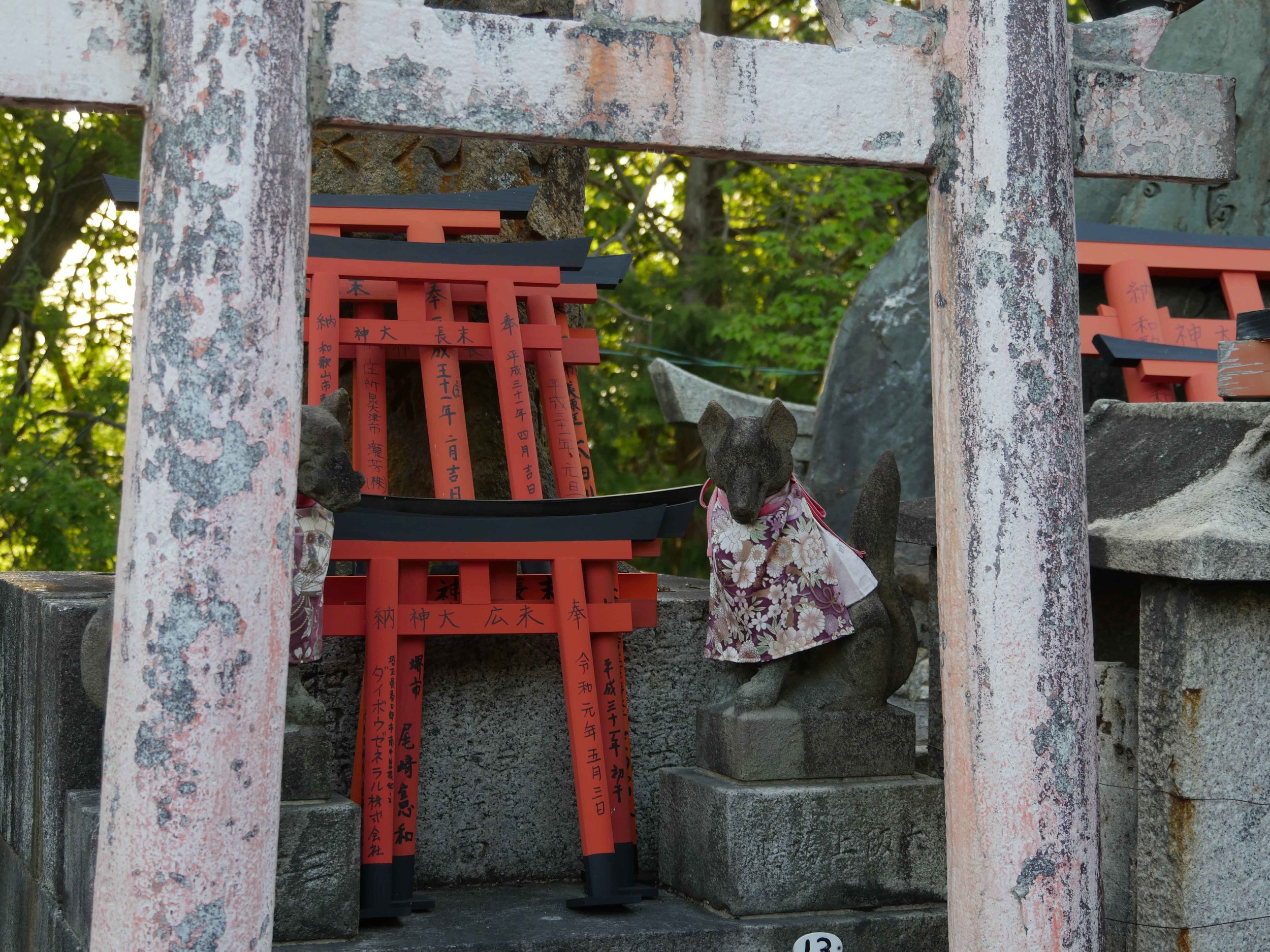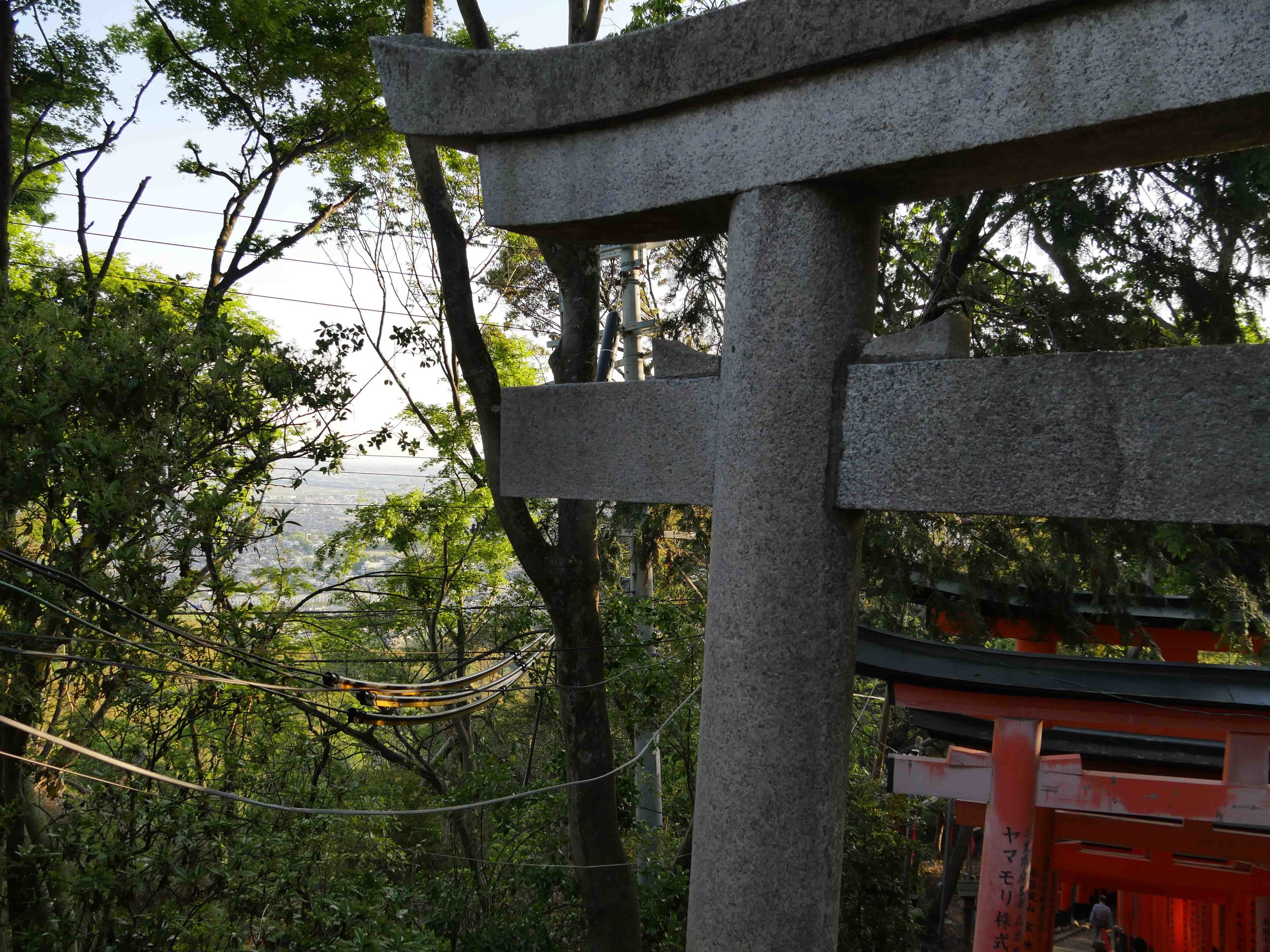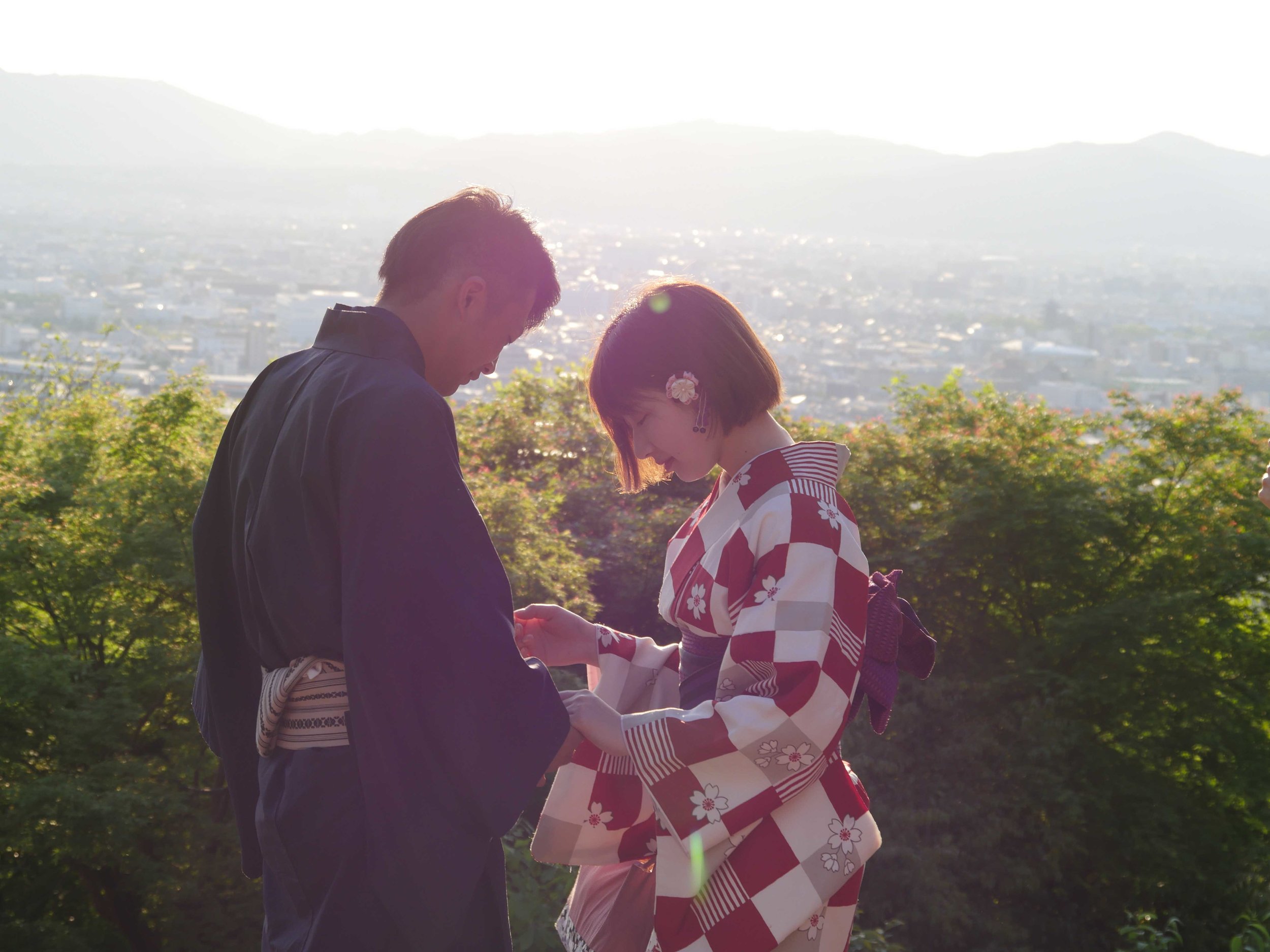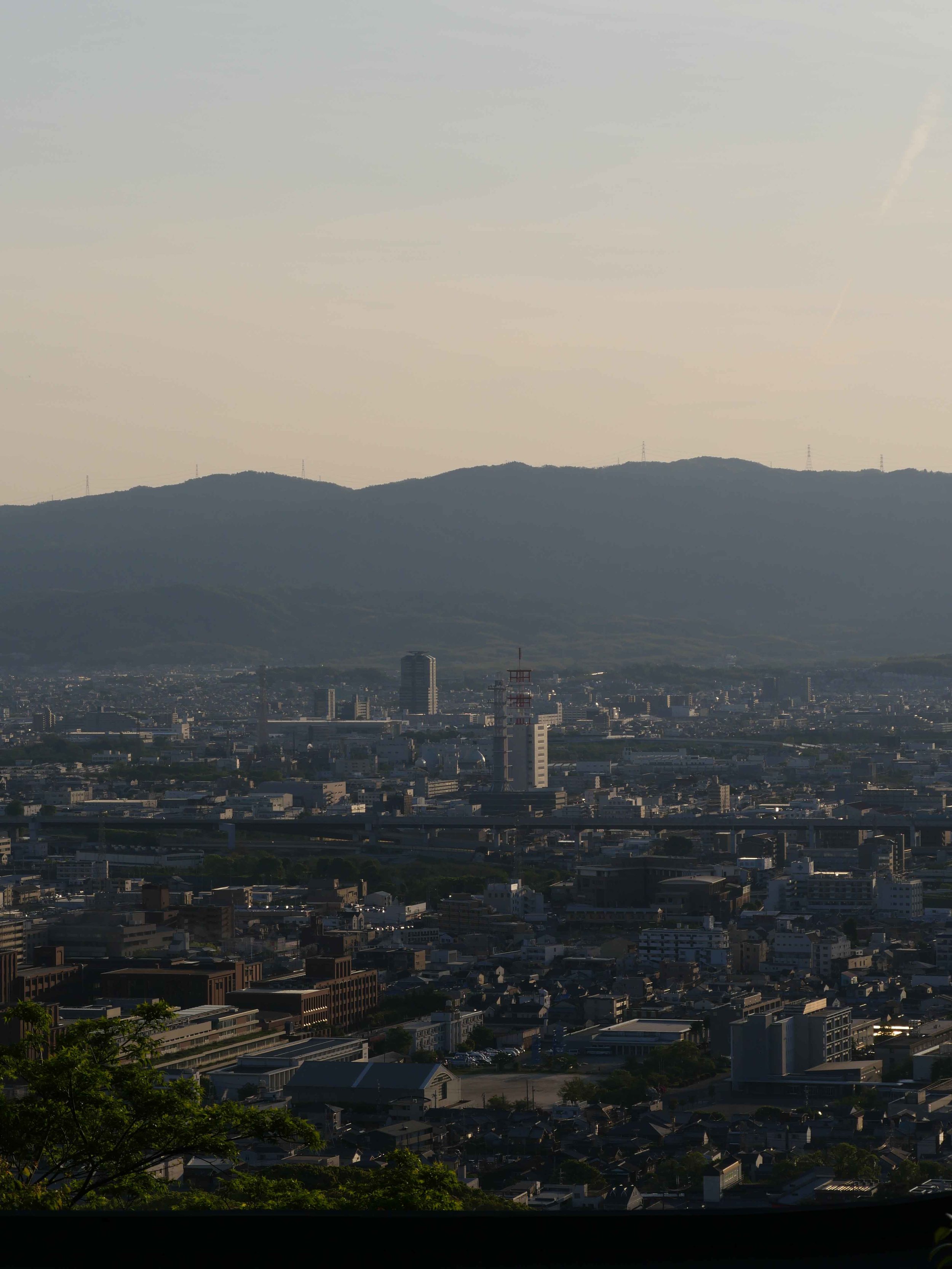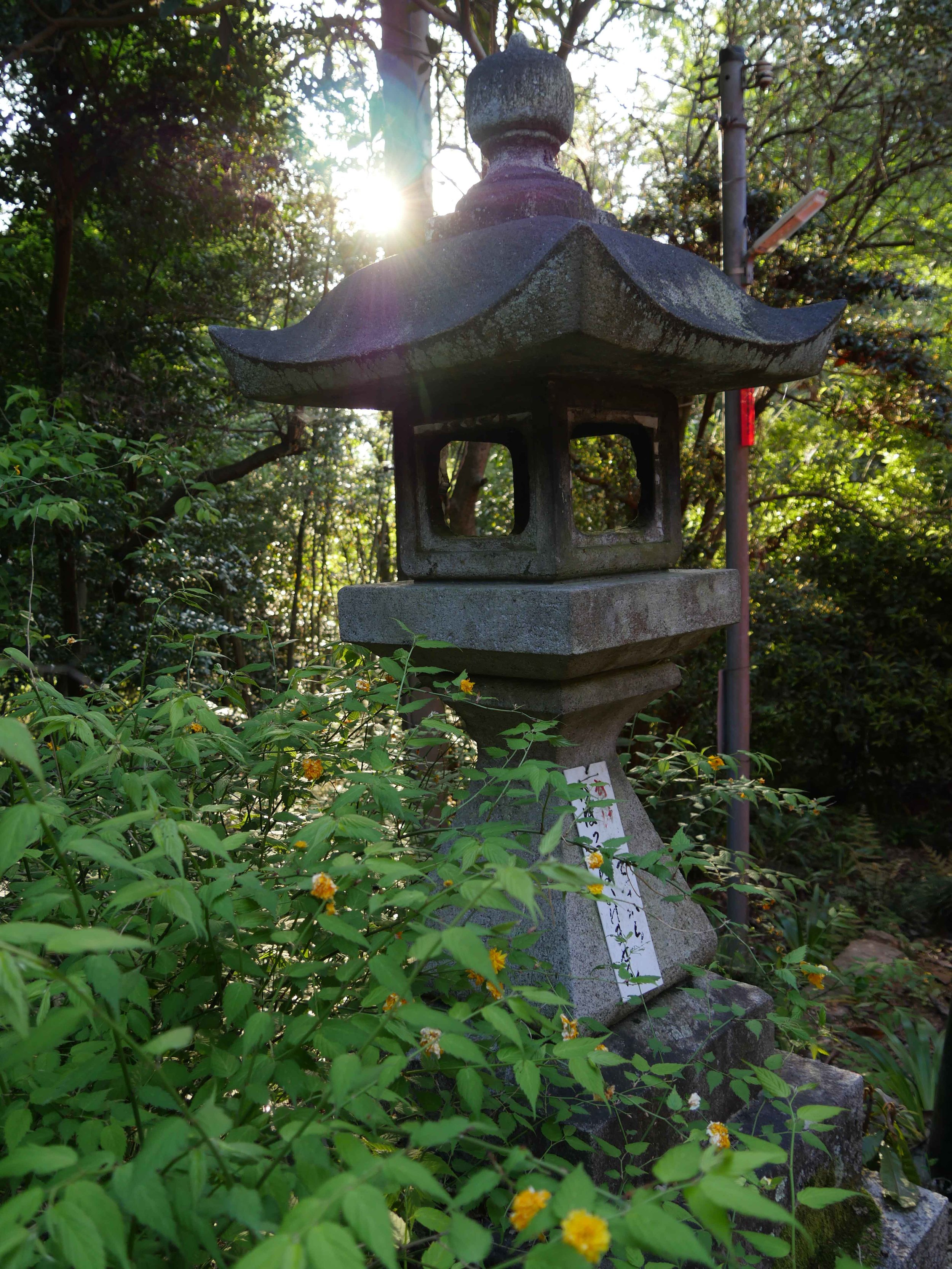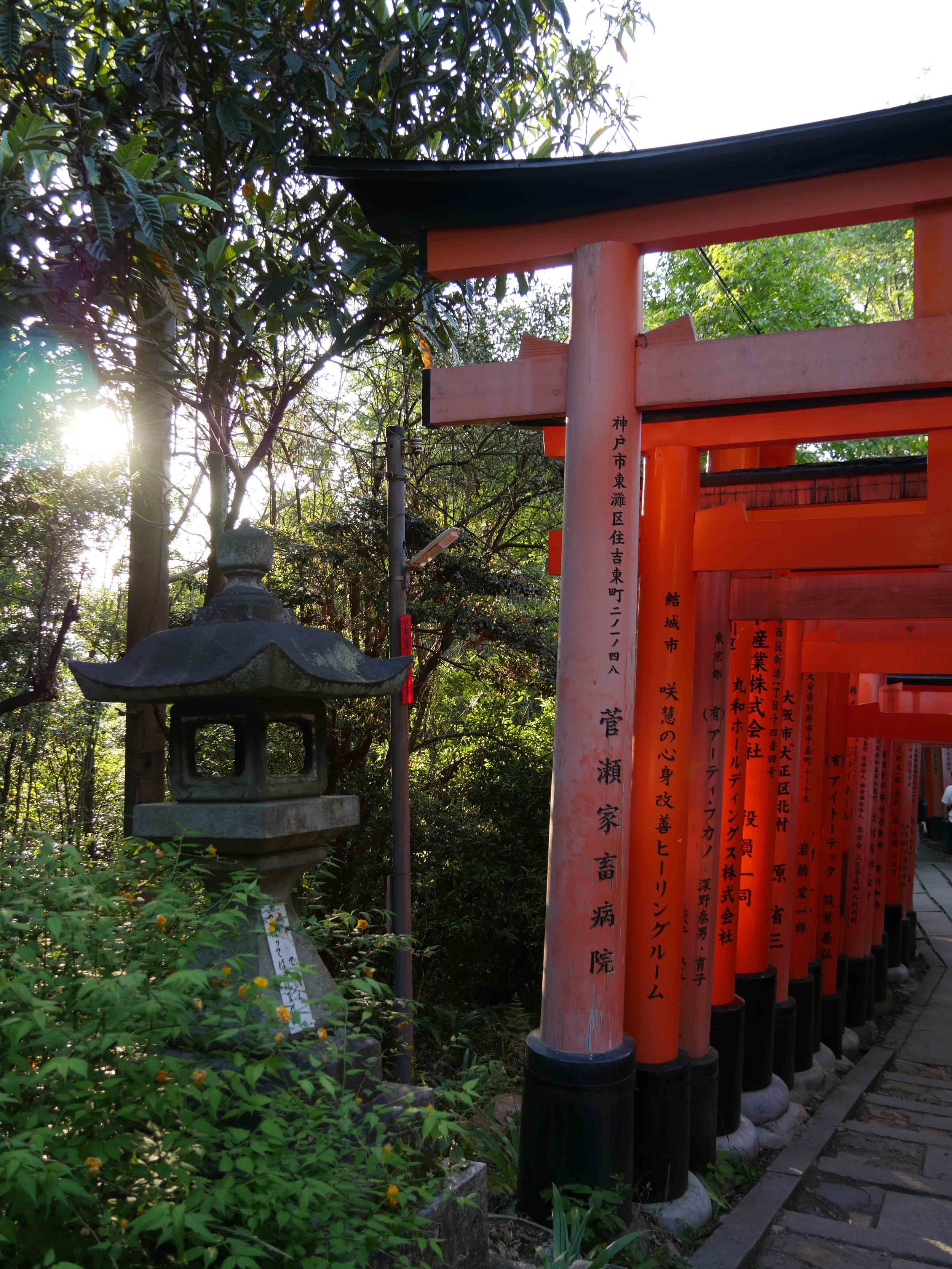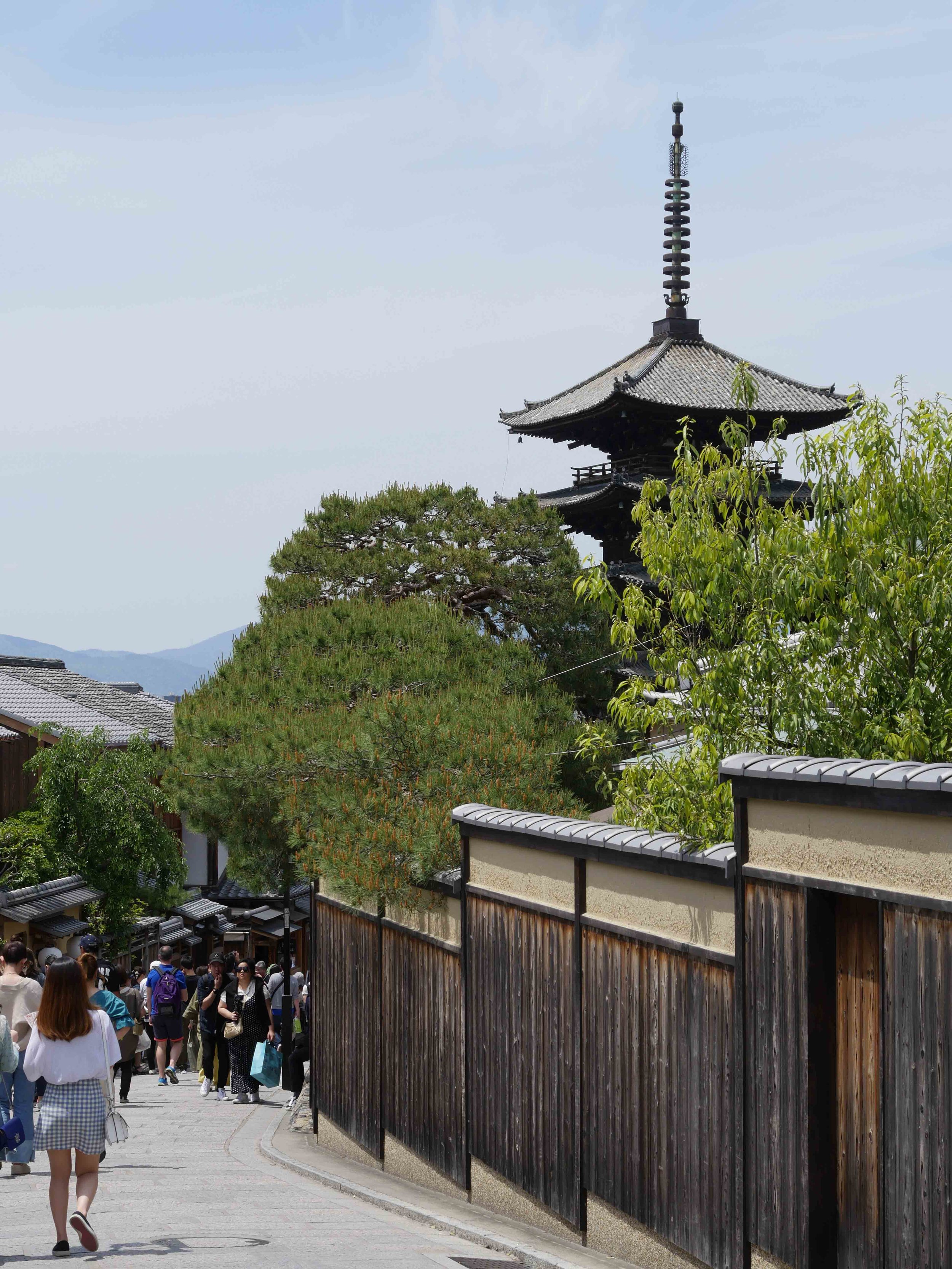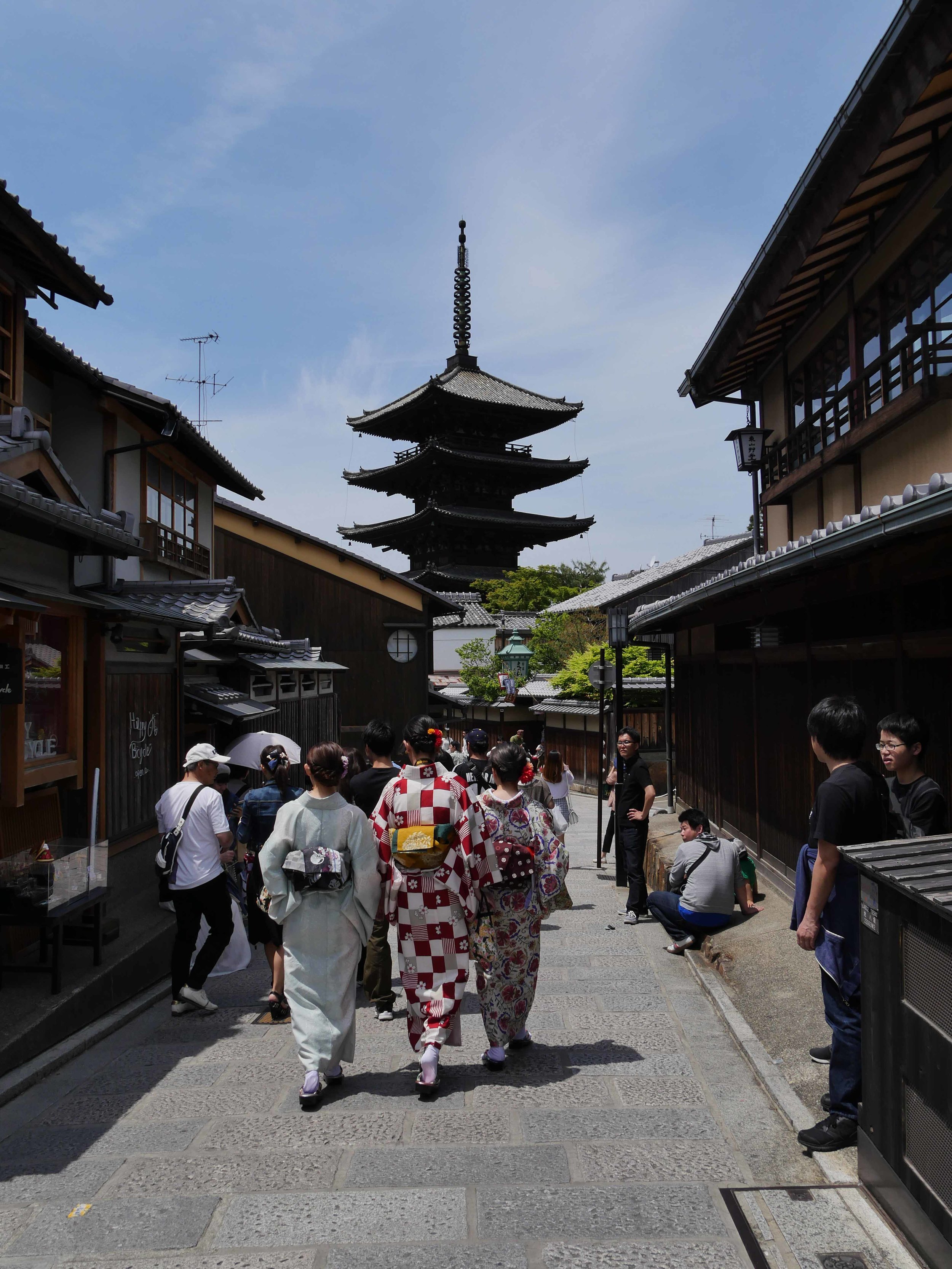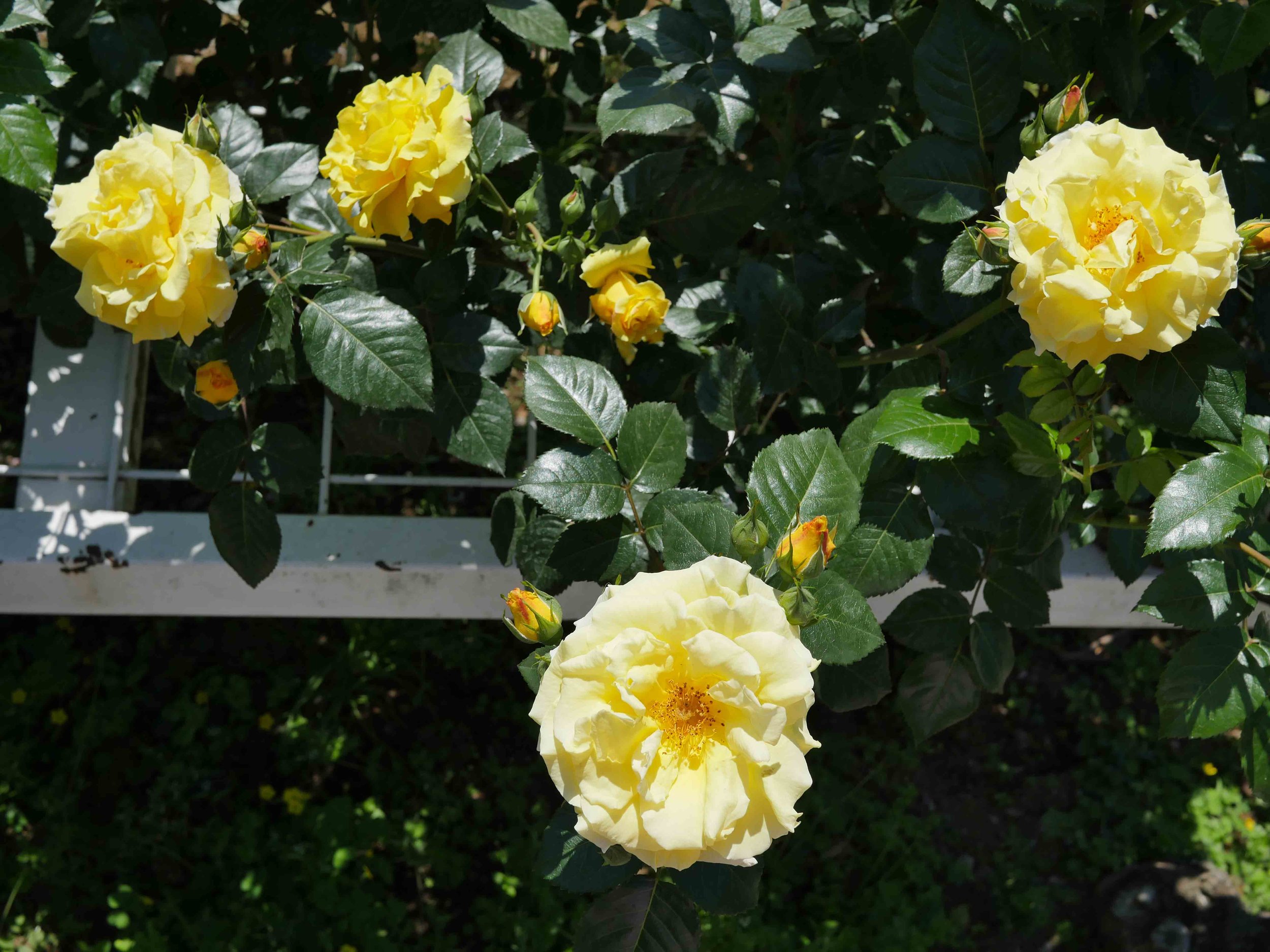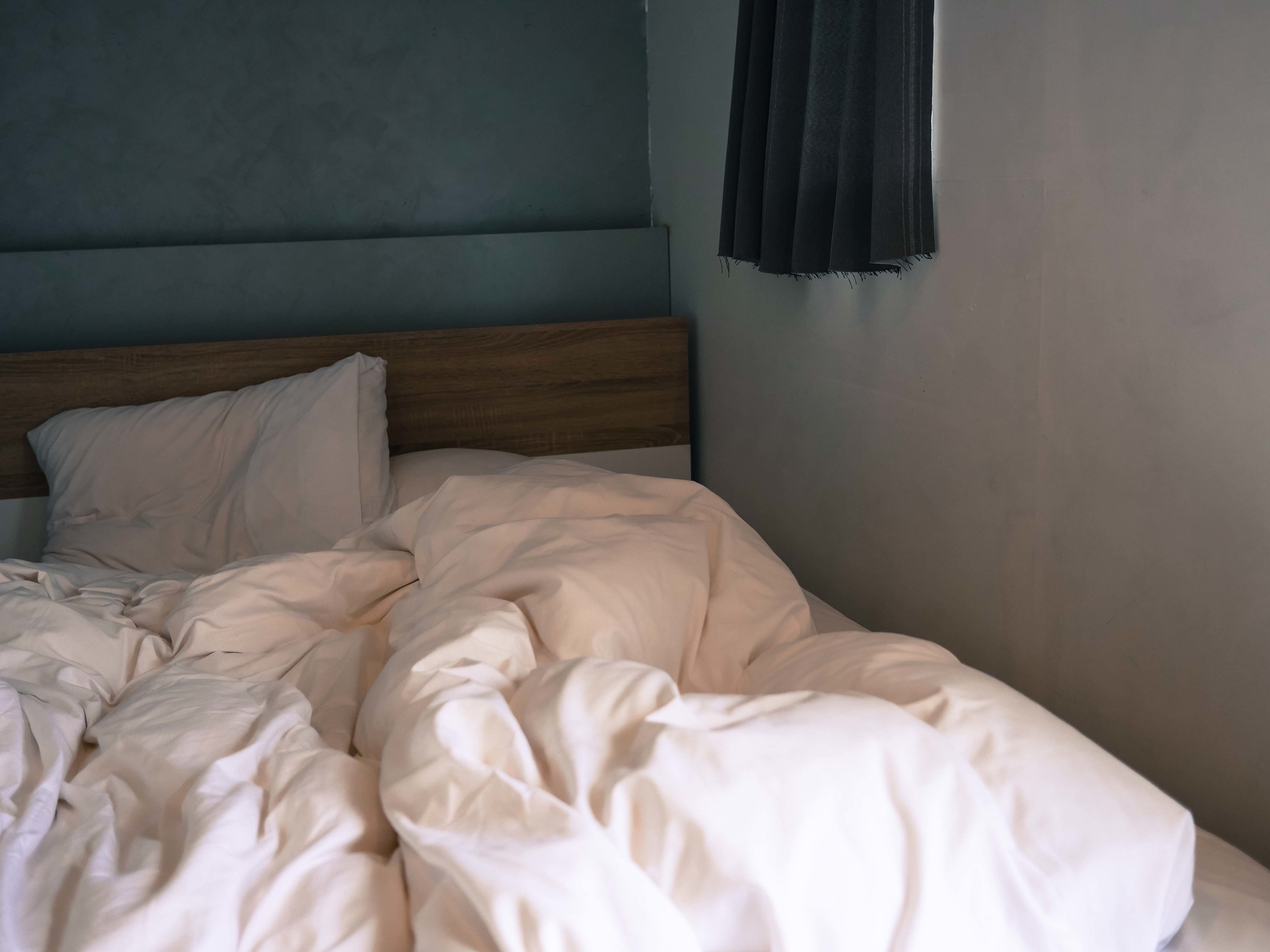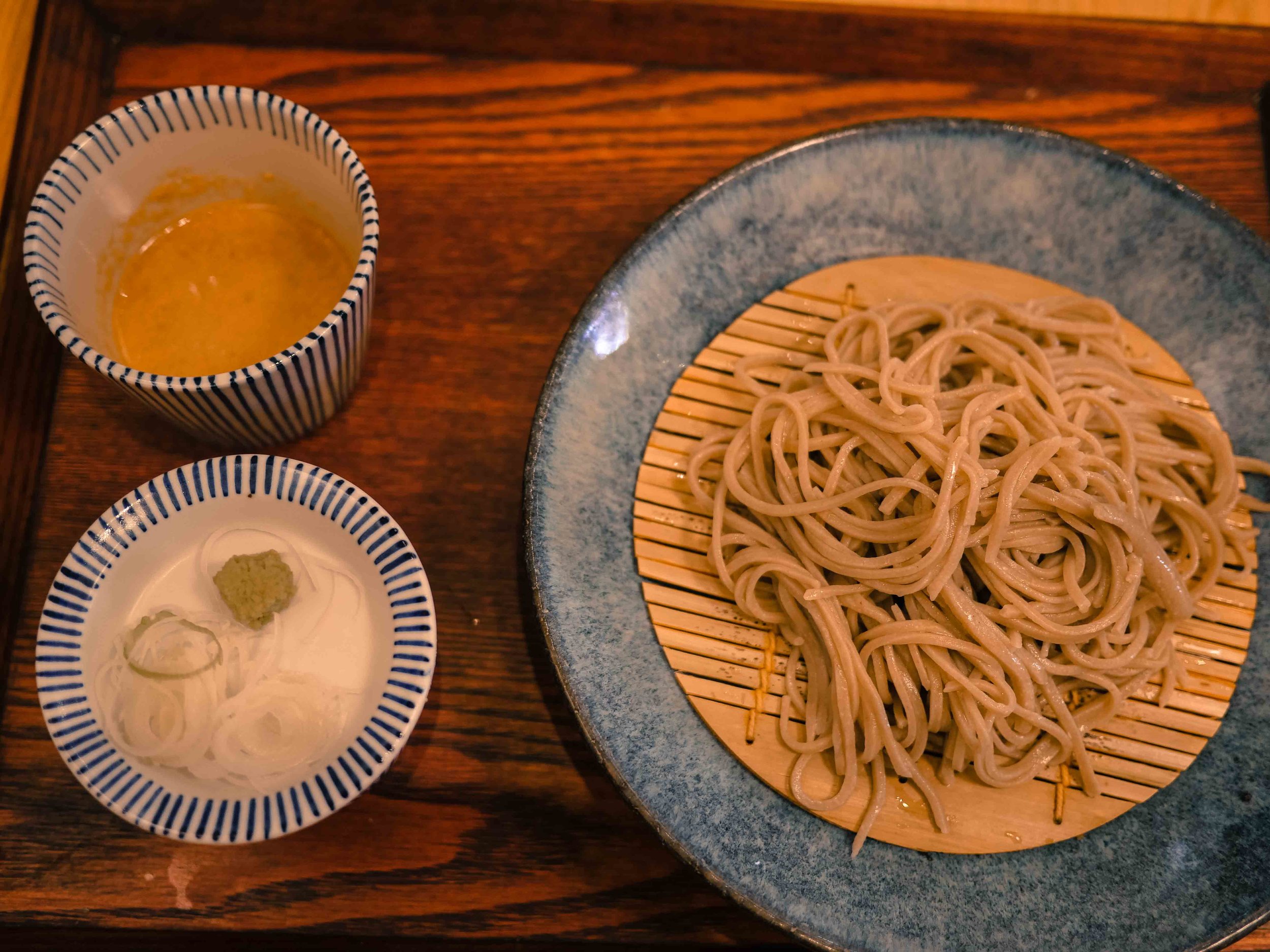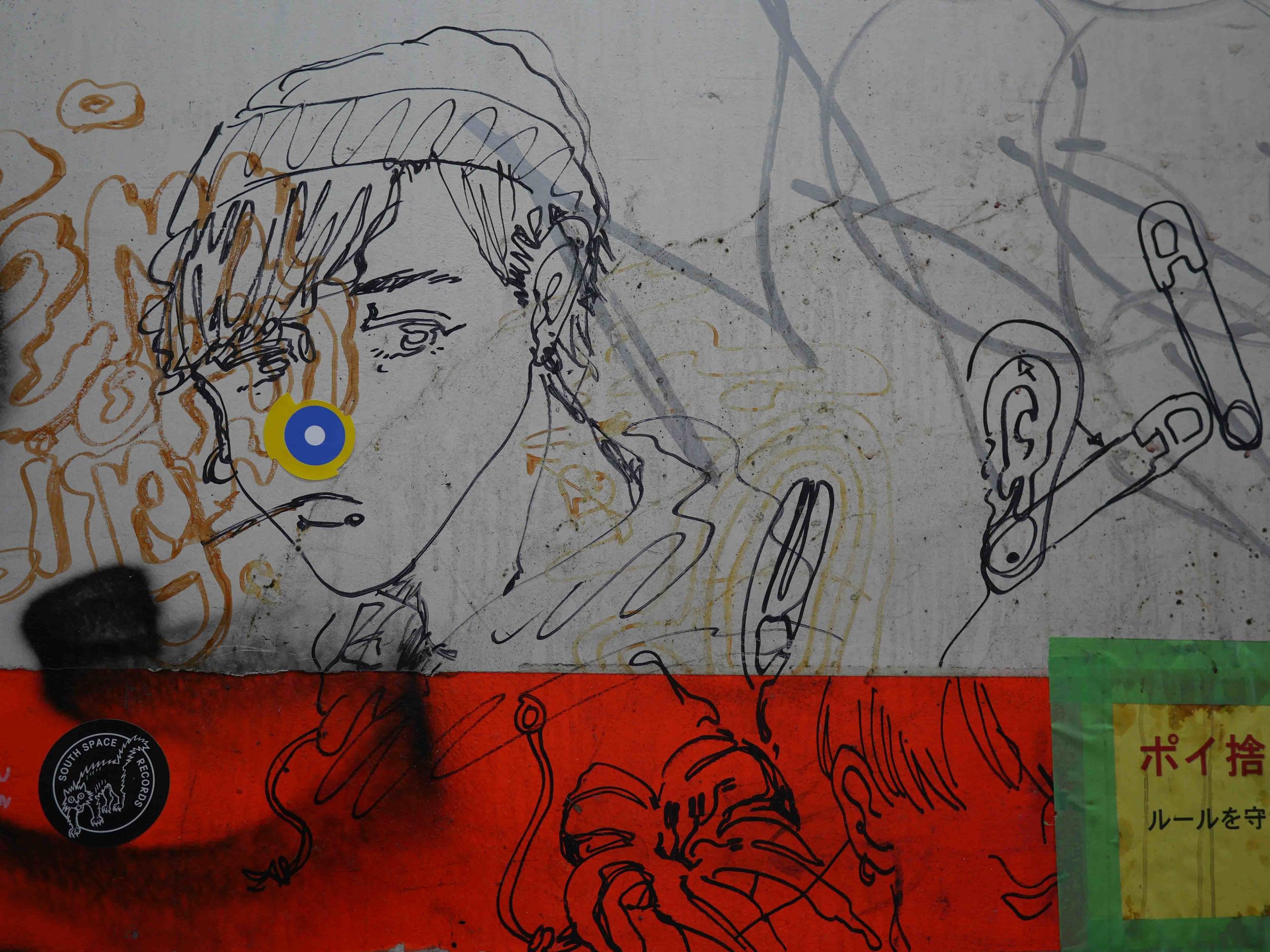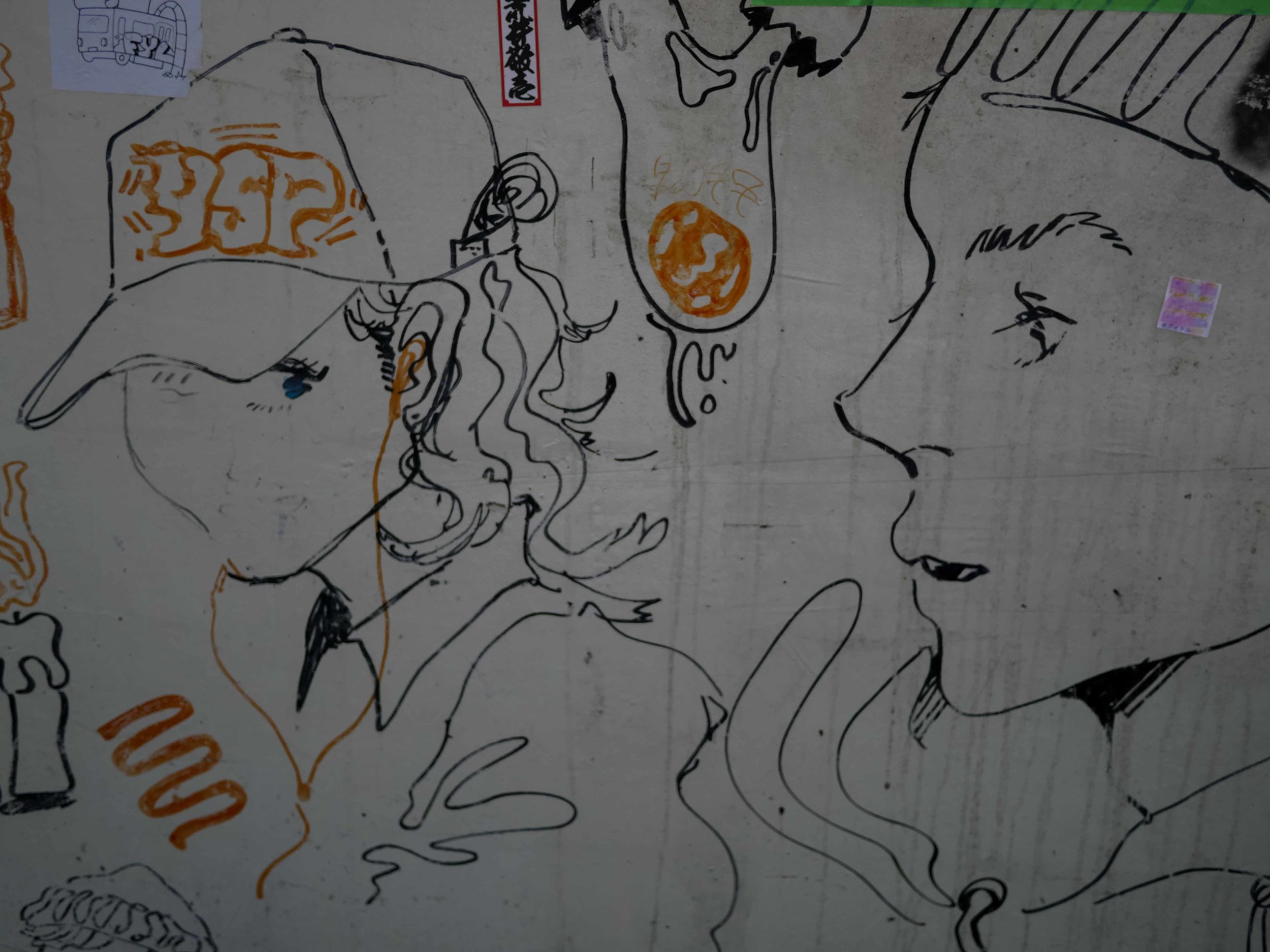京
(This is the last of my (perhaps overlong) series of travel posts from my trip to Japan this April-May! After this, I hope it won’t be complete radio silence on the blog - I’m moving to Oxford and starting my course in a couple of weeks, so I know I’ll be busy, but I’ll try to write something every once in a while. On one hand, I love writing about travels, because it gives me an excuse to revisit memories and forces me to sort out my photos, but it also usually ends up consuming the whole blog. I’m kind of a completionist, so I never want to leave these unfinished, although I’m not sure if they are of interest to anyone else. In the future, I should maybe do this un-chronologically and just experiment more with structuring my travel posts instead of always doing the same thing, since I’ve been doing this kind of orderly chronicling of more extensive travels since my Interrail in 2013. Anyway, finishing up a series of posts about travels is always refreshing, because it makes me feel like I can focus on writing about something completely different next.)
I am really glad my visits to Kyoto this time coincided with the extensive Kyotographie photography festival, just like last year, when I visited the city for a first time during a long weekend. What I really like about Kyotographie is that it feels very well integrated with the city. The exhibitions are held in interesting spaces, many of which wouldn’t normally be easily accessible, and they’re all over the map, so visitors inevitably end up seeing many different sides of Kyoto. The programme is also a good mix of well-established photographers and less-known local ones.
I’d already went to see a few exhibitions with Mary, including Teppei Kaneuji’s exhibition at the old Kyoto Shinbun printing plant. This time, I spent a couple of days walking around town visiting nearly all the exhibitions I hadn’t seen. I really enjoyed not just looking at all the different styles and themes of photography, but also the long walks inbetween.
Photos below are from a few exhibitions I liked:
1 - Weronika Gęsicka at Shimadai Gallery (whimsically twisted Americana)
2 - Benjamin Millepied at Kondaya Genbei Kurogura (a choreographer’s approach to photography+film)
4, 5 - Kosuke Okahara at Horikawa Oike Gallery
At Horikawa Oike gallery, there were several exhibitions I really liked. Downstairs, there were Kosuke Okahara’s pictures of the notorious Yoshida dormitory, a very local topic.
Upstairs was his more extensive Ibasho, an exhibition on the theme of self-harm. Okahara had been connecting with people who physically hurt themselves and photographing them. These pictures were arranged in individual dark rooms, giving each of the portrayed people their own space. It was a well thought-out exploration of a topic that’s often hidden in plain view. He had also written a book on the project, allowing him to discuss his views in much more detail and the people in the photographs to voice their own thoughts.
A floor above was photojournalist Paolo Pellegrin’s exhibition. Compared with the deeply subjective and intimate portraits in Ibasho, photojournalism demands a very different style of expression, but I still thought there was a common thread of having a humanistic view on the subject matter, even when that happens to be war and destruction.
I also visited “The Forms of Nature—100 Years Bauhaus” and three exhibitions of Cuban photographers. Both of these were in Gion; the former at Ryosoku-in temple and the latter at the new y gion creative space, once again demonstrating the great diversity of settings for photography at this festival.
The temple was hosting Bauhaus student Alfred Ehrhardt’s photography from the 1930s, hypnotically reflecting the structures of nature. I thought it worked very well in the temple space.
I walked through Gion to the Cuban exhibitions, collectively titled “"About Her, about Me, and about Them." Cuba through the Art and Life of Three Photographers”. It was very interesting to see these perspectives on a country I know almost nothing about.
I decided to spend the rest of the afternoon in Fushimi, hopping on the train at Sanjo. I spent a long time reading and drinking coffee at Vermillion, at the foot of Inariyama, before walking up to its summit. It was the perfect time to be there, as the sun was slowly starting to set and the crowds thinned out.
The next day was the expiration date of my JR Pass. I walked around Higashiyama before getting on the last bullet train of my trip and heading back to Tokyo.
I took almost no photographs in Tokyo. In the beginning of my trip, I stayed near Asakusa, where most of the affordable hostels are, and spent most of my time in northeastern Tokyo; this time, I was staying on the other side of town in Shimokitazawa, the neighbourhood where I used to live. I spent a few days just doing my favourite things: went to 3 gigs, spent a long evening talking to two grandpas (the owner and a regular) at the cinema bar, suddenly decided I really want a Gunne Sax dress and rummaged through at least a dozen vintage shops before finding not one, but two perfect ones, stocked up on books I couldn’t buy anywhere else, went on a walk around Shibuya just to notice it had already changed so much (the Stream building just suddenly appeared from nowhere).. I was just really happy to spend a few more days in my favourite city.
Going back to Glasgow was kind of a shock, but then I was immediately busy with preparing for graduation, moving out and all that stuff, so it wasn’t exactly like settling back into a familiar routine.
